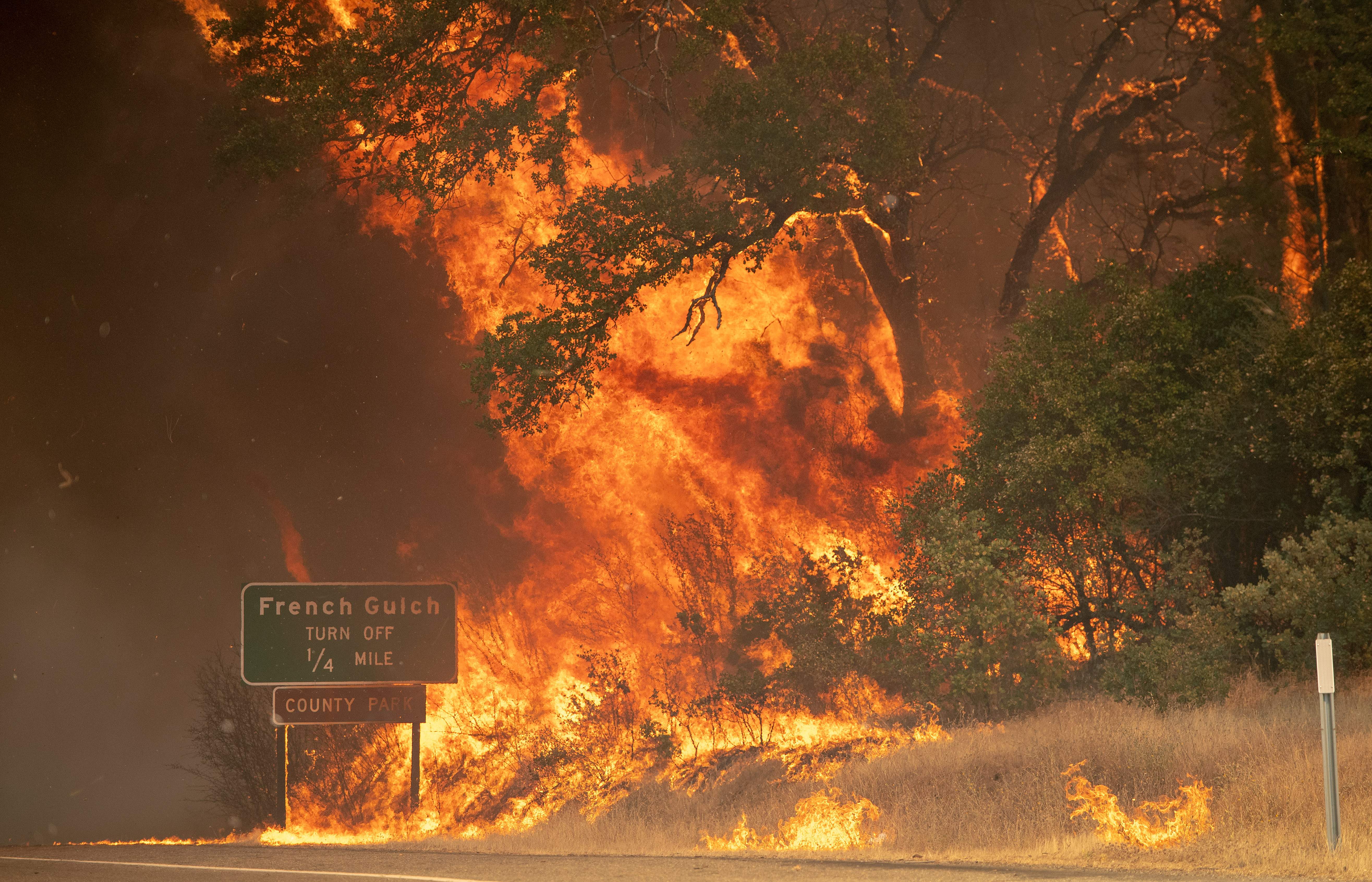
Additional data is provided by NOAA’s Hazard Mapping System Fire and Smoke Product, which is human reviewed and sourced from NASA’s Moderate Resolution Imaging Spectroradiometer and Visible Infrared Imaging Radiometer Suite satellites. Descartes Labs data is sourced from NOAA’s Geostationary Operational Environmental Satellite satellites. The data is provided by Descartes Labs and the National Oceanic and Atmospheric Administration. Hotspots are areas suspected to be on fire according to satellite imagery analysis.Fire perimeters are the latest known extent of where the fire has burned.The data is provided by CalFire and the Geospatial Multi-Agency Coordination. Fire origins mark the fire fighter's best guess of where the fire started.“So we have to do both - adapt and mitigate future climate change.This map contains four different types of data: “The more extreme climate change gets the harder it gets to adapt,” he says. These include thinning forests and prescribed burning-the practice of deliberately starting controlled fires to help reduce wood and vegetation and promote the healthy growth of forests.īut these strategies alone won’t be enough to stop uncontrolled wildfires, warns Westerling. Westerling, who is currently working on California’s latest State Climate Assessment, which analyzes future climate risks and identifies solutions, says the state is working on strategies to reduce the damage from wildfires in the future. Globally, the likelihood of catastrophic wildfires occurring could increase by 30% by 2050, according to a United Nations report released this February. Nine of the ten largest California wildfires occurred within the last five years, and research has suggested that climate change has doubled the number of large fires between 19 in the West. While wildfires are a natural part of California’s ecology, the current frequency and size of the fires is a recent development, which researchers believe is due to conditions created by climate change. These fires remain small, but are at risk of growing. Since the McKinney Fire began to burn, there have already been six other fires reported in the state-three of them in the same county. Minimal precipitation caused moderate to extreme drought conditions even before the summer began, keeping fuel moisture levels low-increasing flammability- which in turn affects the frequency, severity, and size of forest fires, according to Westerling. “We have warmer temperatures which means more evaporation and that dries up fuels to make them more flammable, and it also makes earlier snow melt at higher elevations, so that can push the start of a fire season earlier.”Īn analysis of California’s current wildfire season by Cal Fire found that the state has continued to experience conditions that make wildfires more likely. “Compared to what we historically thought of as normal, the risks are much higher than they used to be,” Westerling says. Its wildfire seasons are typically much longer than other states in the West, according to LeRoy Westerling, the director of the Center for Climate Communication at University of California, Merced. And the number of fires is sure to increase-mirroring the upward trend seen in years including 2015, 20, when more than 10 million acres were engulfed by wildfires.Ĭalifornia is especially at risk.

That’s more than the area burned in all of 2019. The NIFC reports that there have been more than 5.7 million acres burned so far this year, with more than 39,000 fires recorded.

The fire remained 0% contained as of Tuesday morning. Firefighters are still working to prevent the fire from impacting Yreka and Fort Jones, two nearby towns. Rainfall helped keep the McKinney Fire’s growth minimal on Monday, and authorities say the edges of the fire haven’t spread on Monday or Tuesday due to cooler temperature and cloudy skies. A multi-year drought, high temperatures, low moisture levels in the fuel sources, dry vegetation, and wind all contributed to dramatically increase the risk of wildfire, says Noah Diffenbaugh, Senior Fellow at the Stanford Woods Institute for the Environment. The Siskiyou County Sheriff’s Office confirmed that two people have died after their bodies were found inside a burned vehicle in the path of the McKinney fire west of Klamath River, Calif.Īuthorities have not yet determined what started the fire, but experts say the big-picture cause of the large blaze is clear.


 0 kommentar(er)
0 kommentar(er)
